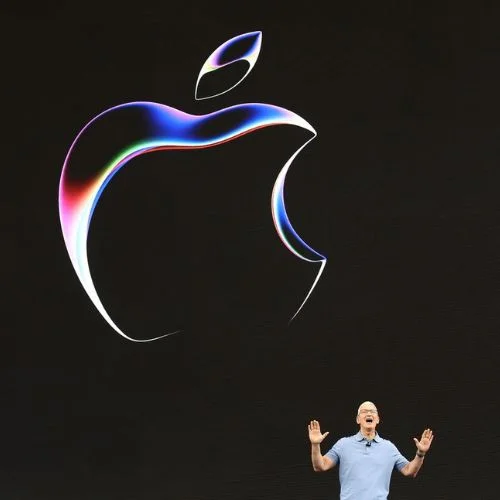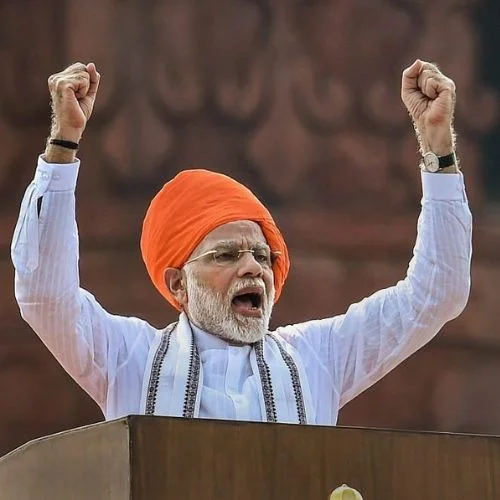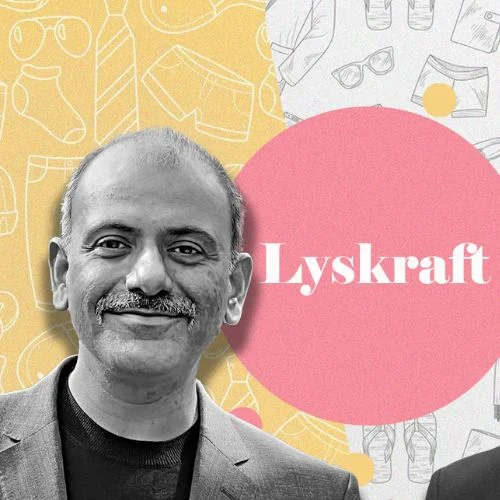The top 28 Indian Fintechs spent $672 million on marketing and advertising. Advertising and promotion are frequently regarded as essential elements of running a business, despite the fact that some businesses attempt to conceal their advertising spending by burying it deep in their financial statements or failing to disclose it as a separate entry.
Startups need to invest in advertising if they want to compete with the big, established businesses and, in some circumstances, strive to change the customer’s behaviors, as in the financial industry. Without doing so, it is challenging, if not impossible, to develop a business.
The extremely competitive Indian fintech ecosystem is home to some of the most valuable firms in their respective industries. As a result, fintech firms spend extravagant sums of money on advertising and promotional activities to entice clients and drive growth in a market where companies operate on razor-thin margins and monetization opportunities seem to be scarce.
In the fiscal year 2021–2022 (FY22), the top 28 Indian fintech startups—13 unicorns and 15 soonicorns—spent INR 5,495.16 Cr (about $671.96 Mn) on advertising, promotions, and other marketing initiatives.
The average advertising and promotion cost for fintech firms in FY22 was INR 196.26 Cr ($23.9 Mn).
For additional reference, the 28 startups that were chosen reported combined operating revenues of INR 19,908.92 Cr ($2.43 Bn) and combined losses of INR 13,017.50 Cr ($1.59 Bn) in FY22. Of the 28 unicorns and soonicorns, only Zerodha, Razorpay, and Money View are profitable.
Only 16 unicorns and 23 soonicorns have so far submitted their financial accounts for FY22, despite the fact that there are 22 unicorns and 33 soonicorns in the fintech industry. Many of them were excluded from this research because their financial statements did not clearly show a separate line for marketing expenses.
27 fintech firms aren’t included in the analysis since they either haven’t revealed their financials or haven’t reported their marketing expenses.
Marketing costs for Fintech Unicorns in FY22
The largest advertiser and another promotional activity spender in FY22 were Kunal Shah’s CRED, who racked up a bill of INR 975 Cr. On the strength of its several IPL endorsements and sponsorship partnerships, the payments major’s FY22 ad spend increased three times YoY from INR 324 Cr in FY21.
When compared to FY21 advertising expenses of INR 534.9 Cr and INR 367.84 Cr, respectively, the invite-only payments unicorn was followed by the payments decacorn PhonePe at INR 866.20 Cr and the listed insurtech giant PB Fintech at INR 864.45 Cr.
Interestingly, Zerodha spent the least amount on marketing—just INR 1.07 Cr—despite having the second-highest operating income among fintech businesses in FY22, at INR 4,963.74 Cr. With INR 2,094.39 Cr in profit in FY22, Zerodha outperformed all other fintech firms in India, and yet it spent the second-least amount on promotion among all the startups chosen for this analysis.
The ad spend-to-revenue ratio, which was discussed in the e-commerce edition, provides a clearer understanding of the scope of advertising spending by expressing advertising costs as a share of operating revenue.
The top three financial apps are depicted in the ratio in a very different light. The cost-to-revenue ratio for CRED was 247.78%.
In other words, the payments unicorn spent up to 3.5 times as much on marketing as it did on operating expenses in FY22. In plain English, the unicorn spent INR 2.47 on advertising for every INR 1 in revenue it received in FY22.
The comparable percentage for PhonePe was 52.62%, while for PolicyBazaar it was 60.67%.
There were nine fintech unicorns, and they each spent more than half of their operating income on marketing and promotion. This category also included startups like neobank Open, OneCard, slice, Groww, CoinDCX, and BharatPe in addition to the aforementioned ones.
The ad spend-to-revenue ratios of the financial companies also demonstrate that as a company’s size increases, less expensive advertising becomes necessary. Due to economies of scale, companies like Paytm, Razorpay, and Zerodha spent significantly less on marketing and advertising than their rivals.
It also demonstrates that there are platforms in some industries that are no longer dependent on aggressive advertising. For instance, Groww spent approximately 73% of its revenue on advertising, compared to Zerodha’s 0.02%.
PhonePe is a significant exception to the rule, though. Currently valued at $12 Bn, or more than double Paytm’s market capitalization, the Walmart-owned decacorn holds a nearly four-fold market share in UPI transactions. Still, it spent nearly twice as much on marketing in FY22 compared to its rival.
How much money did Fintech Soonicorns invest in advertising during FY22?
Navi Technologies, a fintech soonicorn with plans for an IPO, recorded the highest marketing expenditures in FY22 at INR 223.03 Cr. Lendingtech startup KreditBee came in second with INR 157.33 Cr, and gold loans startup Rupeek came in third with INR 130.30 Cr.
Beyond the top three, however, none of the fintech unicorns spent more than INR 100 Cr on marketing, advertising, and associated activities. With advertising costs of INR 97.80 Cr in FY22, ZestMoney came the closest to the INR 100 Cr milestone.
Once more, the story is drastically altered when the ratio of advertising spending to revenue is taken into account. For starters, the free-spending Navi and Rupeek invested significantly more in marketing and advertising than they did in profits from their businesses.
The greatest ad spend-to-revenue ratio in the soonicorn club was recorded by the Sachin Bansal-led financial company, which was valued at $160 million. Rupeek’s ratio in FY22 was 133.78%, with advertising costs of INR 130.30 Cr and revenue of INR 97.40 Cr.
When comparing ad spending to operating revenue, INDmoney and Niyo were among the most daring. The former had an ad spend-to-revenue ratio of 534.30%, while the latter had one of 172.15%.
The two startups with the lowest operating revenue were INDmoney and Niyo. Open and OneCard, the financial unicorns with the lowest revenue, were also the ones with the largest ad expenditure in comparison to their operational revenue. This tendency of low-earning firms with extremely high ad spend-to-revenue ratios was also seen across unicorns.
In total, the top financial companies in India spent more than $500 million on advertising and promotion in FY22. Spending on marketing, however, does not always result in a quick return on investment. An early-stage fintech company that invested on advertising in FY22 would only see the returns in FY23 and beyond.
When compared to other segments, fintech is far more habit-dependent from the perspective of client acquisition.
The number of foodtech or e-commerce companies a person uses may vary, but the number of payments apps they use may just be one or two. Using multiple apps serves no purpose for specialised fintech sectors like investment tech or insurtech.
Marketing investment is anticipated to decrease in the upcoming quarters for fintech businesses that developed a specific customer base that is expanding organically (like Zerodha).
Indian entrepreneurs have started reprioritizing their spending to increase their runway at a time when funding has decreased significantly over the past few quarters. Marketing will probably be the challenge that startups face as they try to find a way to profitability and long-term success.















